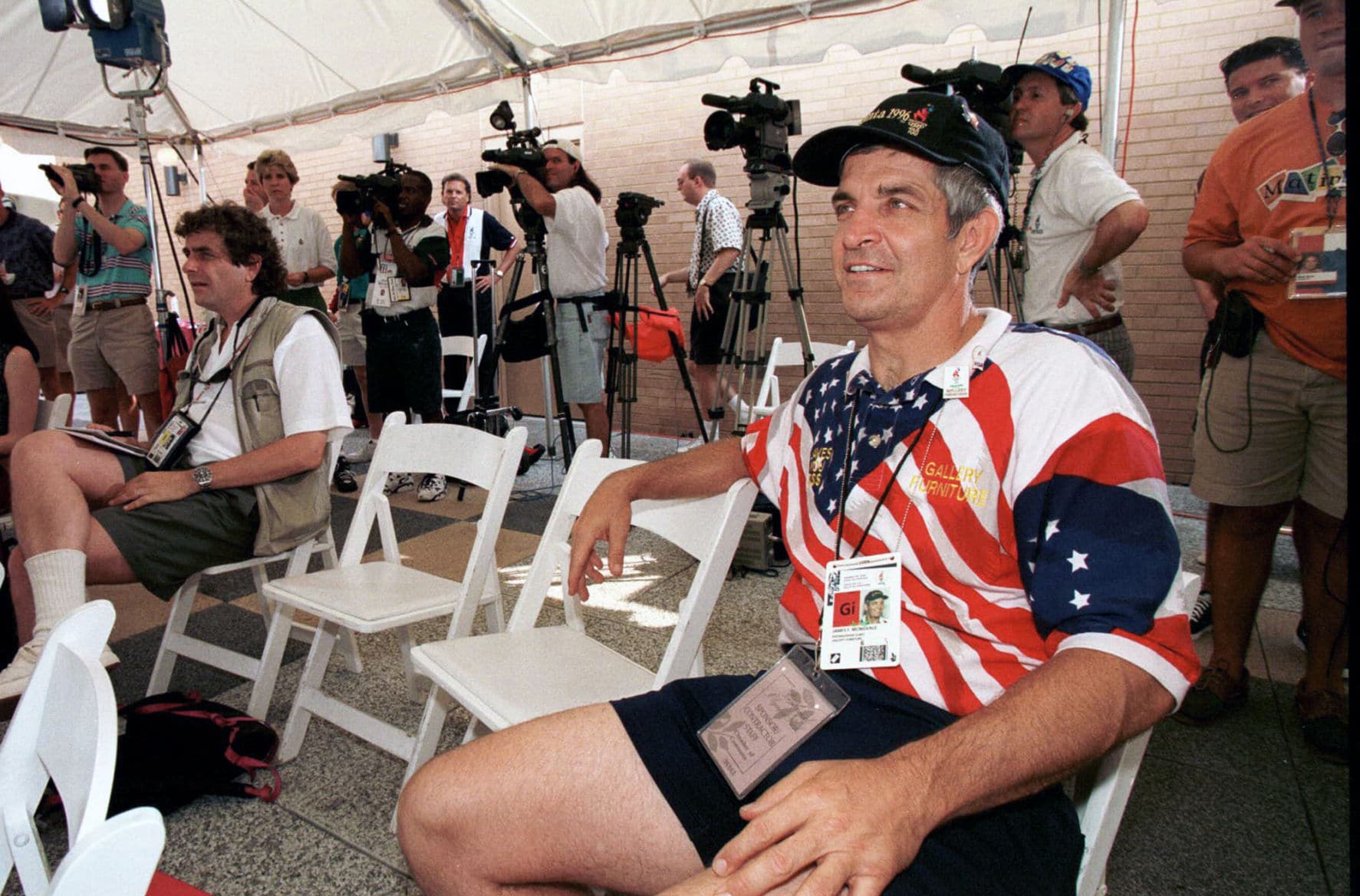There’s a difference between earned media and paid media – and there were example of earned media on display during the winter storm.
JOHN FLETCHER
This past week, Jim “Mattress Mack” McIngvale, welcomed well over 1,000 Houston-area residents into his 100,000 square-foot Gallery Furniture Store to keep safe and warm. Of those, more than 300 spent the night on Tuesday alone.
He opened his store to the public throughout the week because he felt it was the right thing to do. It’s what the community expects of him, and he over-delivered, providing hot food, comfortable Tempur-pedic beds, and even balloon artists and face painters for the kids.
Mack’s gesture landed him a live interview on ABC-TV’s Good Morning America. His story was carried in all the media in the Houston market and throughout the nation.
Mack’s response to the weather emergency generated “earned media,” which means that he became the content inside the news rather than the advertiser.
Don’t get me wrong – he invests a lot of money to advertise, and his community partnership further deepens his partnership with residents in and around Houston.
Meanwhile, Alondra Mitchell, whose Street Eats Food Truck in Denton was frozen out of business during the storm, prepared and served more than 1,000 meals to anyone visiting the front door of her duplex.
Again, she created earned news – the content inside the newscast.
The difference between public relations and advertising is “earned media” vs. paid media.
Earned media is publicity that is considered newsworthy by the media and it appears as the content (story) in a newspaper or magazine story, on the local TV newscast, the radio newscast or in a social media post or story.
Earned media often appears inside the chatter about a timely subject – such as last week’s inclement weather – by the TV anchors or disc jockeys.
Paid media refers to the paid advertisements placed in the print publication, inside the newscast or the digital ad on the same page as the news story.
Each form of exposure can be extremely valuable to the business involved.
Advertisers may run a risk when their advertisement could possibly occur inside programming where they have no control over the adjacent ads or commercials. The ad or commercials near them may deal with controversial matters that may frustrate many of the readers/listeners.
Imagine the quandary of Super Bowl advertisers that were concerned about heightened sensitivities regarding social unrest combined with fears from COVID issues, a contentious presidential election and unease about the economy.
Many advertisers feared an environment where literally any ad might offend someone and end up as a disaster on social media.
Such major players as Budweiser, Ford, Hyundai and Olay opted out of this major advertising event and some of them moved some funding into public relations efforts that promoted COVID vaccinations and other issues.
Examples of earned media include:
- Ciera Bank posting a massive banner that stated, “Thank you, Hospitals, Healthcare Providers & First Responders. Fort Worth loves you!” at the start of the pandemic.
- Chef Jon Bonnell providing training for fellow restaurants about how to implement a meals-to-go program during COVID.
- Curly’s Frozen Custard canceling its annual Fourth of July Nathan’s Famous Hot Dog Eating Contest and giving away 300 free Nathan’s Famous Hot Dogs at the drive-through on July 4.
- Tarrant Area Food Bank conducting a virtual food drive.
I have seen one business combine earned media with paid advertising in West Texas.
My client, Expedition Royalty, buys 60-second commercials that feature a community event in the first 30 seconds and the branding message in the last 30 seconds.
Recent community commercials have promoted the Comanche Trail Festival of Lights Christmas event, the local symphony, the Big Spring Chamber of Commerce virtual banquet and Girl Scout cookie sales.
Of course, it helps to have such a recognizable voice as Hall-of-Fame Rodeo Announcer, Bob Tallman, producing the commercials.
Aside from public relations and advertising, Best Buy has created positive buzz through its customer experience. Check-out cashiers sanitize the check-out counters and credit card touch pads after every single customer. Yes – EVERY single customer. And cashiers report this has been standard operating procedure for months.






